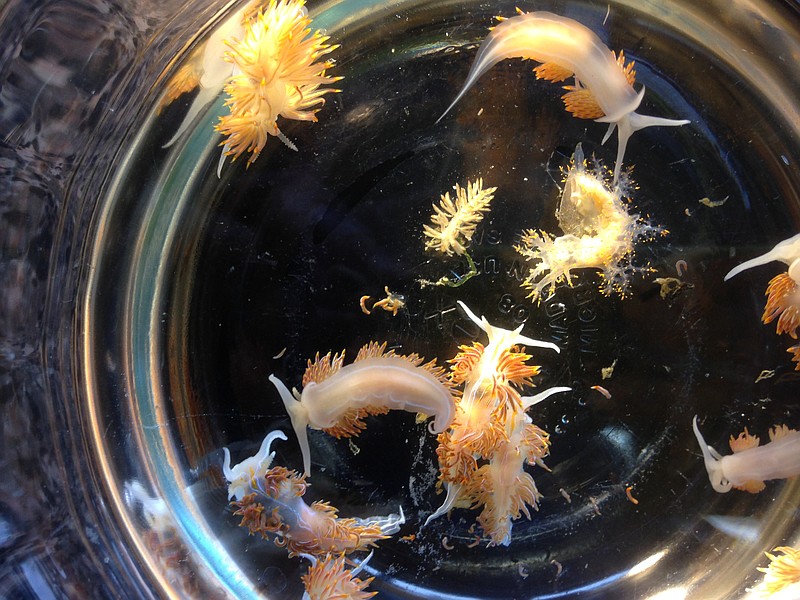WASHINGTON (AP) - Researchers say nearly 300 species of fish, mussels and other sea critters hitchhiked across the Pacific Ocean on debris from the 2011 Japanese tsunami, washing ashore alive in the United States.
The researchers and outside experts say it the largest and longest marine migration ever documented. The scientists and colleagues combed the beaches of Washington, Oregon, California, British Columbia, Alaska and Hawaii and tracked the species to their Japanese origins.
Study lead author James Carlton at Williams College says this could be a problem if the critters take root, pushing out native species. He calls it "ecological roulette."
Scientists found 289 separate Japanese species made the 4,800 mile trek across the Pacific to the West Coast.
The study is in Thursday's journal Science.
